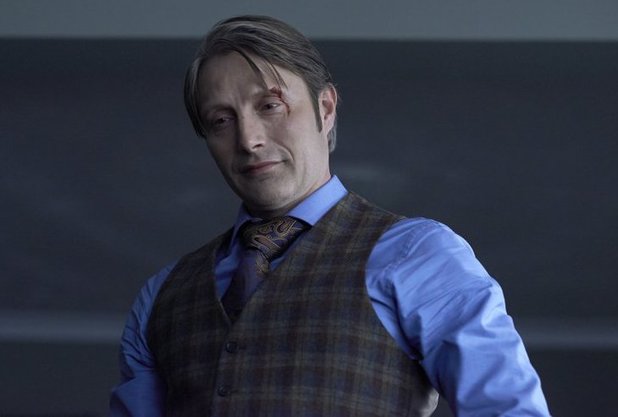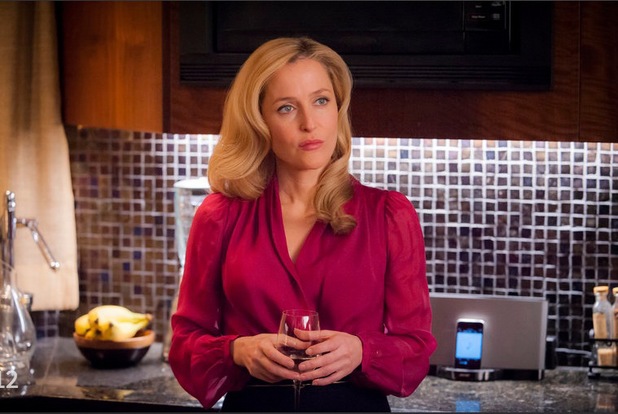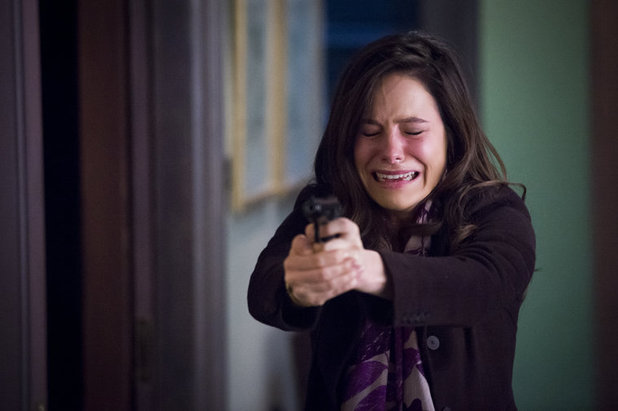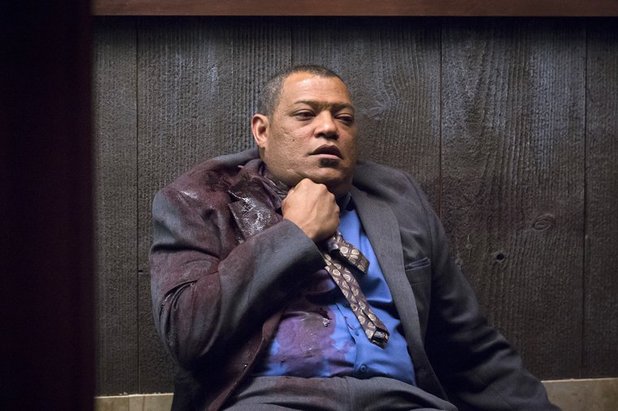The notification from the Marin County Sheriff Coroner’s division describes Williams’ death by asphyxiation as suspected suicide.
The details: Williams was found dead at noon today after a 9-1-1 call was placed from the home at 11:55 a.m. The Marin County Sheriff’s Office, the Tiburon Fire Department and the Southern Marin Fire Protection District all sent emergency personnel to the scene, arriving almost immediately at 12:00 pm. Williams lived in the home on the Tiburon peninsula with his wife, Susan Schneider, but it isn’t clear if it was she who discovered him; reports say only that he was found “by family”.
Williams had wed Schneider, a graphic designer, in the nearby Napa Valley on October 23, 2011.
“The male subject, pronounced deceased at 12:02 pm has been identified as Robin McLaurin Williams, a 63 year old resident of unincorporated Tiburon, CA. An investigation into the cause, manner, and circumstances of the death is currently underway by the Investigations and Coroner Divisions of the Sheriff’s Office.
Preliminary information developed during the investigation indicates Mr. Williams was last seen alive at his residence, where he resides with his wife, at approximately 10:00 pm on August 10, 2014. Mr. Williams was located this morning shortly before the 9-1-1 call was placed to Marin County Communications. At this time, the Sheriff’s Office Coroner Division suspects the death to be a suicide due to asphyxia, but a comprehensive investigation must be completed before a final determination is made.”
If Williams’ death does prove a suicide, that of course makes this tragedy that much worse. How could Robin Williams, with a life as successful as anyone could wish for, be depressed enough to take his own life? Or, put even more simply, who could someone who made us laugh so hard be so sad?
That Williams battled alcoholism, drug addiction, and depression is no secret. The actor gave many candid interviews describing his battles with these demons, and his successes at beating them – at least temporarily. Williams’ publicist gave a short statement saying that Williams had been “battling severe depression” but stopped short of calling the death a suicide.
Most recently, Williams had his own TV show, The Crazy Ones, in which he played the zany dad of Sarah Michelle Gellars, with whom he worked in an advertising firm. The show was cancelled after its first season due to low ratings and mediocre reviews. Could that have been one of the factors triggering Williams’ depression? Of course we don’t know, we’ll probably never know.
So let’s talk about severe depression and suicide.
SAVE (Suicide Awareness Voices of Education) has some excellent information about depression and suicide, which admirably avoids the us-vs-them attitude that pervades much of the reporting and research on this topic. Like this explanation of why people who are severely depressed don’t seek – or may not respond to – help and treatment.
“Many people who suffer from depression report feeling as though they’ve lost the ability to imagine a happy future, or remember a happy past. Often they don’t realize they’re suffering from a treatable illness, and seeking help may not even enter their mind. Emotions and even physical pain can become unbearable. They don’t want to die, but it’s the only way they feel their pain will end.”
Robin Williams was not one of those celebrities who hide, or surround themselves with acolytes, or hire security guards to keep fans at bay. In Marin, he ambled into bookstores, dropped in on fellow comics and musician friends backstage at local theaters, re-visited Redwood High School, from which he graduated in 1969.
Like many people who live in Marin and in San Francisco, where Williams also lived, They have a how-funny-is-Robin Williams?! story. Many, many years ago, a very talented woodworker
was hired to design and build an entertainment center for Williams’ Pacific Heights home. He asked another friend to help him deliver the piece, which was huge and very, very heavy.
When the two arrived at Williams’ house, the actor greeted them himself, then stood at the top of the stairs calling out directions as they attempted to maneuver the ungainly piece of furniture up the steep Victorian staircase. As the story goes, Williams went straight into his famous storyteller mode, tossing out quips, doing voices, calling out absurd suggestions. Laughing too hard to hold onto the cabinet, they had to set it down and order Williams into the other room in order to complete the delivery.

















.png)










.jpg)





























